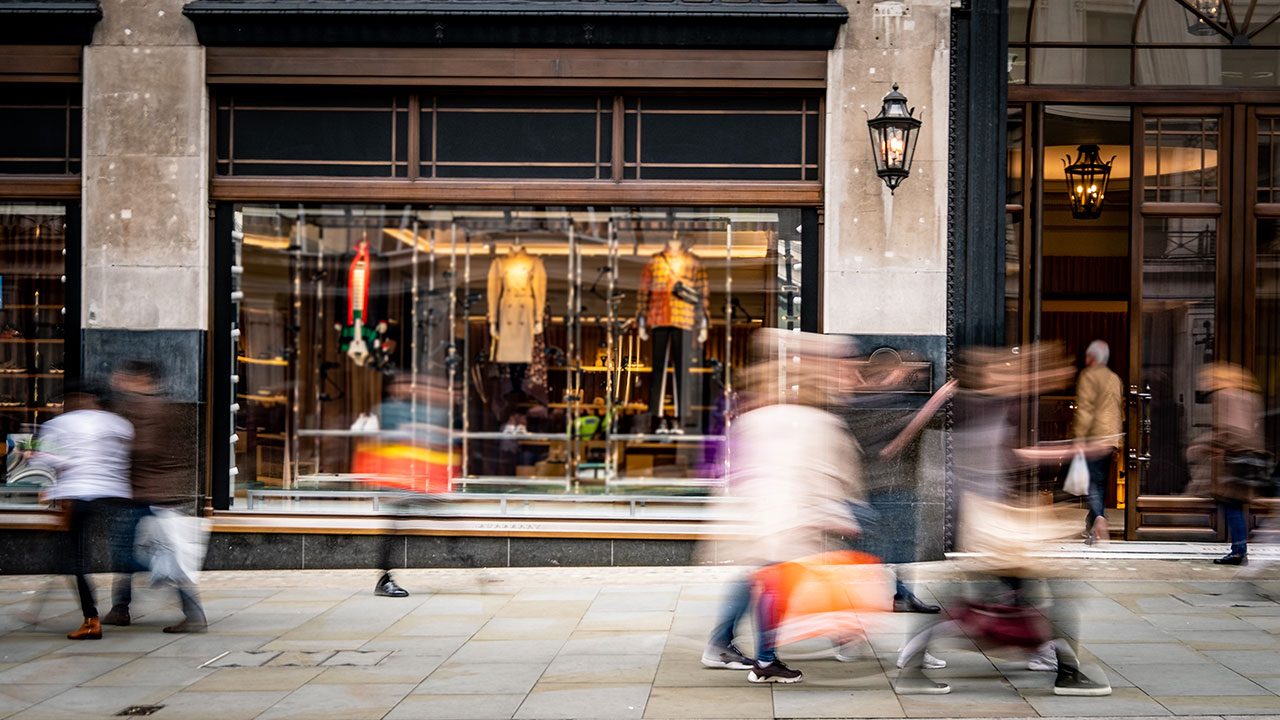This article is from the Australian Property Journal archive
AUSTRALIA’S CBD retail vacancy rate rose in the first half of the year as shoppers closed their wallets, but current enquiry levels suggest the market has bottomed out – particularly in Sydney where a relatively quick recovery is anticipated.
CBRE’s H1 CBD Retail Vacancy report highlights that the national vacancy rate softened from 13.9% the second half 2022 to 15.0% over the first half of 2023.
Vacancy declines were recorded in Perth, by 0.74% to 25.4%, and Adelaide, by 0.77% to 12.4%.
Despite a 0.8% uplift, Melbourne’s vacancy of 10.7% gave it the lowest rate in the country. Sydney’s lifted 2.49% to 10.8%, while Brisbane was up 1% to 19.5%.
CBRE research analyst Darcy Badgery noted said overall vacancy softened, coming off seasonal highs in H2 and lower spending, “however rising office occupancy rates and the return of international tourists and students has increased visitation”.
CBRE is seeing a national flight to quality trend, with its latest Live, Work, Shop survey highlighting that 61% of retailers want to increase the quality of their store locations.
CBRE’s Australian head of retail leasing Leif Olson said that based on current enquiry levels, vacancies are expected to contract across all markets over the next six months.
“This is particularly the case in Sydney, with deals pending several large arcade vacancies and strong enquiry from food & beverage and luxury fashion retailers who are seeking new opportunities.”
Sydney strip retail vacancy tightened by 3.19% to 6.9%, following a surge in leasing deals in prime locations to brands including Adidas, NBA and JD Sports and continued activity by luxury retailers seeking to open flagship stores.
The overall CBD increase was attributable to a 406 basis point vacancy rise in arcade retail space and a 320 basis point rises in centre vacancies, largely due to tenancies becoming available following the refurbishment of the General Post Office coupled with difficulties in leasing upper-level retail centre tenancies.
In line with Sydney, Melbourne’s softening was led by centres and arcades – particularly upper-level stores, as retailers gravitated towards prime strip locations.
Melbourne’s strip vacancy tightened by 42 basis points to 10.5%, with takeaway food outlets filling many of the vacancies to meet demand as office occupancy rates rise and international students return – in particular seeking partially or fully fitted out space in hospitality hotspots such as Flinders Lane and Swanston Street.
High demand for super-prime in Brisbane
Brisbane’s overall CBD vacancy lifted due to a rising number of empty shops in the CBD’s shopping centres and arcades. But set against this, CBRE’s Tanaka Jabangwe said there was high demand from national and international retailers for super prime stores on the city’s retail strips. This was highlighted by Louis Vuitton’s move to a new mall location in the NAB Heritage Building, which is double the size of its previous store in Queens Plaza.
“The demand for flagship outlets is being fueled by workers returning to the CBD and a resumption of international tourism, as retailers tap into the continued demand for experience-based, physical stores.”
Hospitality retailers were also driving demand for strip retail stores to cater to Brisbane’s growing number of inner-city residents, with Maru Grill committing to space on Mary Street, La Boca on Edward Street and Scugzini on Adelaide Street.
Adelaide’s CBD retail vacancy contracted again following a very significant drop of 371 basis points in H2, 2022.
CBRE’s Scott Chow said activity in the CBD had been heightened by the reintroduction of major events including the Adelaide Festival in March, in addition to a resurgence in travel-related retail expenditure.
“Demand for retail space on Rundle Mall continues to run high, particularly from luxury retailers, and with space being tightly held we’ve seen interest from high-profile tenants in space around the western end of the mall, which has historically seen high levels of vacancy.”
The vacancy in Adelaide Arcade remained at 0% in H1 – the lowest rate in the country. A recovery in office worker lunch time spending has also been evident, lifting food retailing activity.
Perth’s vacancy is at its lowest level in two years after tenant interest and enquiry was re-established in late 2022 when confidence returned in travelling to and from Perth following border closures.
Strip retail vacancies have dropped 31 basis points to 25.4%.
Sunglass Hut and Peter Jackson moved into Hay Street Mall and Murray Street Mall continues to be tightly held.
“Demand for prime space from luxury brands is having a positive effect on rents and future vacancy levels. However, rents are still correcting on Hay Street Mall and in secondary locations where vacancy is concentrated, and higher incentives are being sought by retailers,” said CBRE’s Fred Clohessy.





